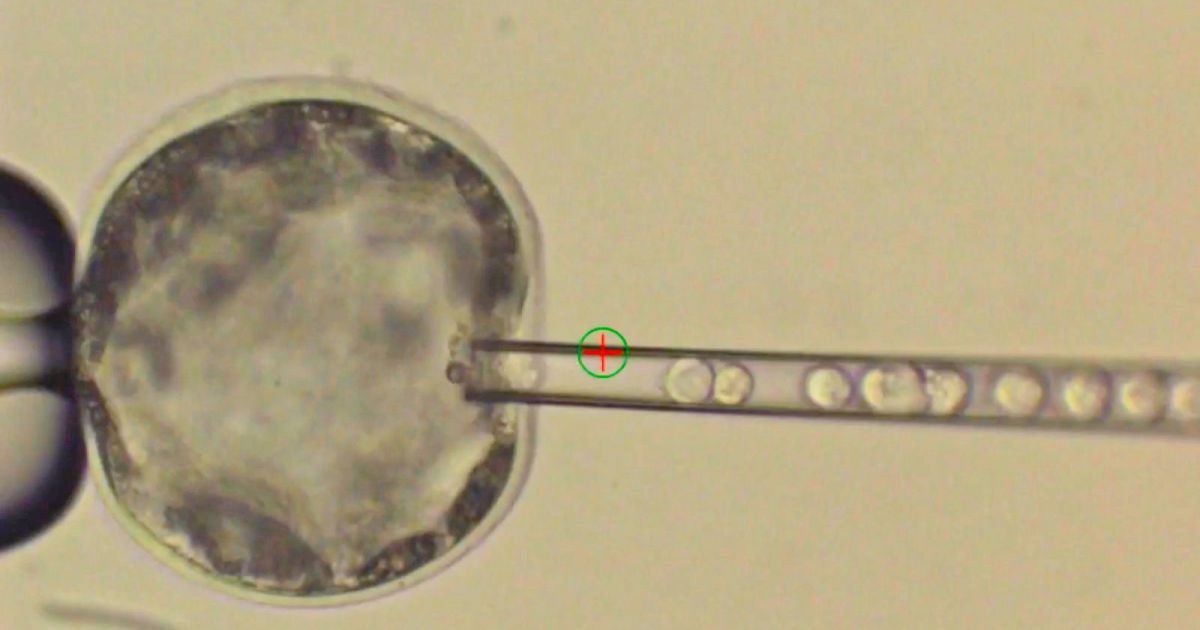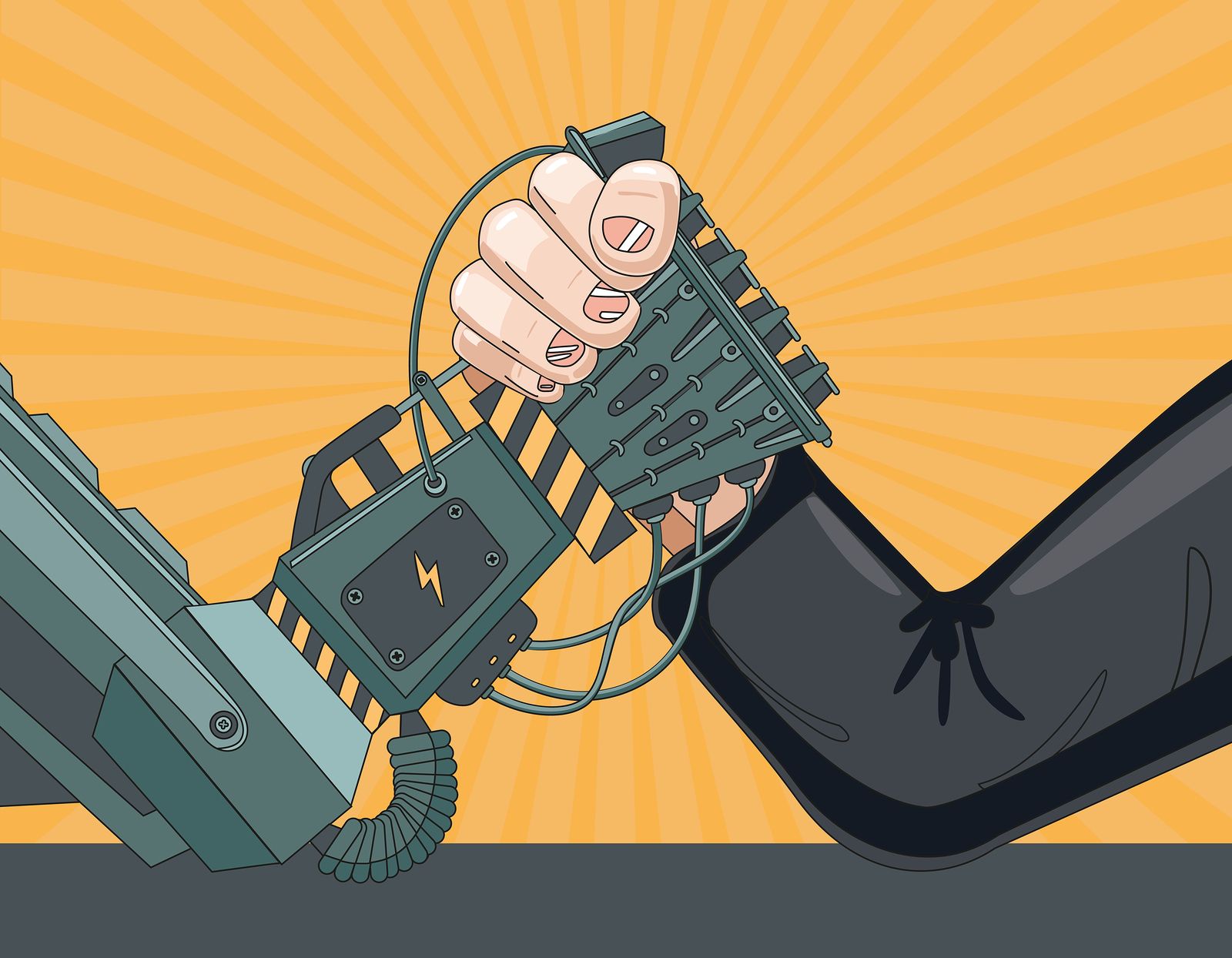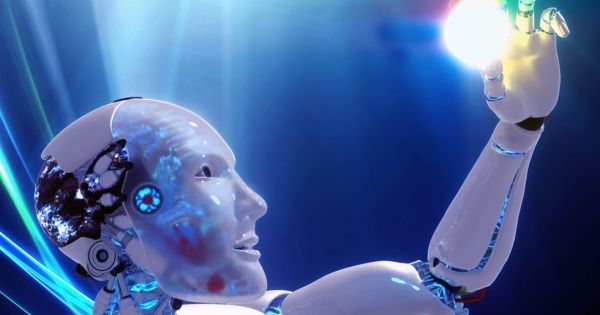Page 10572
Jan 26, 2017
Scientists are making genetically modified cyborg dragonflies
Posted by Bryan Gatton in categories: biotech/medical, cyborgs, drones, genetics, surveillance
Jan 26, 2017
UK Man with a Bionic Penis Now Must Endure a Two-Week Erection
Posted by Shane Hinshaw in categories: cyborgs, transhumanism
Jan 26, 2017
IT’s Real: Metallic Hydrogen Has Been Created for the First Time
Posted by Andreas Matt in categories: physics, space
More than 80 years after it was first predicted, physicists have created metallic hydrogen — a mysterious form of hydrogen that could be capable of superconducting electricity without resistance at room temperature.
Scientists have long suspected that hydrogen could exist as a metal in certain parts of the Universe, but this is the first time metallic hydrogen has ever been created on Earth, and the material is even stranger and more fascinating than scientists imagined.
“This is the holy grail of high-pressure physics,” says lead researcher Isaac F. Silvera from Harvard University. “It’s the first-ever sample of metallic hydrogen on Earth, so when you’re looking at it, you’re looking at something that’s never existed before.”
Continue reading “IT’s Real: Metallic Hydrogen Has Been Created for the First Time” »
Jan 26, 2017
How to Find Something You Would Die for, and Live for It
Posted by Shailesh Prasad in category: finance
Too many people spend their whole life on a treadmill striving for financial success and/or fame.
People often take a job or start a company because they think it’s a quick way to get rich or get noticed, i.e. to be successful.
Throughout my career, whenever I’ve started a company just to make money, it’s been a mistake. Starting any successful company is always hard work, and if my heart isn’t in it, the effort becomes hard, unfulfilling work, and I give up before the job is done.
Continue reading “How to Find Something You Would Die for, and Live for It” »
Jan 26, 2017
First 3D observation of nanomachines working inside cells
Posted by Klaus Baldauf in categories: biotech/medical, nanotechnology
Today scientists at the Institute for Research in Biomedicine (IRB Barcelona) present a study in Cell (“The in vivo architecture of the exocyst provides structural basis for exocytosis”) where they have been able to observe protein nanomachines (also called protein complexes)—the structures responsible for performing cell functions—for the first time in living cells and in 3D. This work has been done in collaboration with researchers at the University of Geneva in Switzerland and the Centro Andaluz de Biología del Desarrollo in Seville.

On the left, in vivo image of nanomachines using current microscopy techniques; on the right, the new method allows 3D observation of nanomachines in vivo and provides 25-fold improvement in precision (O. Gallego, IRB Barcelona)
Jan 26, 2017
Sound waves create whirlpools to round up tiny signs of disease
Posted by Karen Hurst in categories: biotech/medical, innovation
DURHAM, N.C. — Mechanical engineers at Duke University have demonstrated a tiny whirlpool that can concentrate nanoparticles using nothing but sound. The innovation could gather proteins and other biological structures from blood, urine or saliva samples for future diagnostic devices.
Early diagnosis is key to successfully treating many diseases, but spotting early indicators of a problem is often challenging. To pick out the first warning signs, physicians usually must concentrate scarce proteins, antibodies or other biomarkers from small samples of a patient’s body fluid to provide enough of a signal for detection.
While there are many ways to accomplish this today, most are expensive, time-consuming or too cumbersome to take to the field, and they might require trained experts. Duke engineers are moving to develop a new device that addresses these obstacles.
Jan 26, 2017
Neuroprosthetics: Brain Interface Applied in Neurology
Posted by Karen Hurst in categories: biotech/medical, cyborgs, engineering, neuroscience, robotics/AI
The brain is the fattiest organ in your body made up of 60% fat, the dry part that is. 75% of your brain is actually water which houses 100,000 miles of blood vessels that use up 20% of all your oxygen and blood. It’s an amazing piece of hardware. Of all the moonshot projects out there, the ones that relate to augmenting the brain are perhaps the most fascinating. Companies like Kernel have actually succeeded in writing long-term memories to a chip – well, at least 80% of them. When that number hits 100%, the sky is the limit to what we can do with the brain.
If you want a graphic image of what the future holds, imagine a robotic arm on top of your table (no wires) moving its fingers or trying to grab something powered only by someone’s thought. After all those Terminator movies, this could be a bit creepy. You may not get Terminator at your doorstep just yet, but someone with neuroprosthesis might just be ringing your doorbell a few years from now.
Neuroprosthetics or neuroprosthesis is a field of biomedical engineering and neuroscience concerned with the development of neural prostheses which are a series of devices that can substitute your brain’s motor, sensory or cognitive functionality that might have been damaged as a result of an injury or a disease.
Continue reading “Neuroprosthetics: Brain Interface Applied in Neurology” »
Jan 26, 2017
Elon Musk wants humans to develop a direct cortical interface to transcede the limits of I/O
Posted by Karen Hurst in categories: Elon Musk, neuroscience
Elon Musk has set his sights upon how humans interact with the digital world. While we have a horizon with respect to input — output production is limited.
Jan 26, 2017
How Automation is Going to Redefine What it Means to Work
Posted by Shane Hinshaw in categories: economics, robotics/AI
In Brief The time for machines to take over most of humanity’s work is rapidly approaching. The world is woefully unprepared to deal with the implications that automation will have over the coming decades. Universal basic income is just beginning to be discussed, and automation has the potential to displace much of the world’s workforce. Many decisions have to be made, and quickly, if we hope to keep pace with innovation.
On December 2nd, 1942, a team of scientists led by Enrico Fermi came back from lunch and watched as humanity created the first self-sustaining nuclear reaction inside a pile of bricks and wood underneath a football field at the University of Chicago. Known to history as Chicago Pile-1, it was celebrated in silence with a single bottle of Chianti, for those who were there understood exactly what it meant for humankind, without any need for words.
Now, something new has occurred that, again, quietly changed the world forever. Like a whispered word in a foreign language, it was quiet in that you may have heard it, but its full meaning may not have been comprehended. However, it’s vital we understand this new language, and what it’s increasingly telling us, for the ramifications are set to alter everything we take for granted about the way our globalized economy functions, and the ways in which we as humans exist within it.
Continue reading “How Automation is Going to Redefine What it Means to Work” »

















